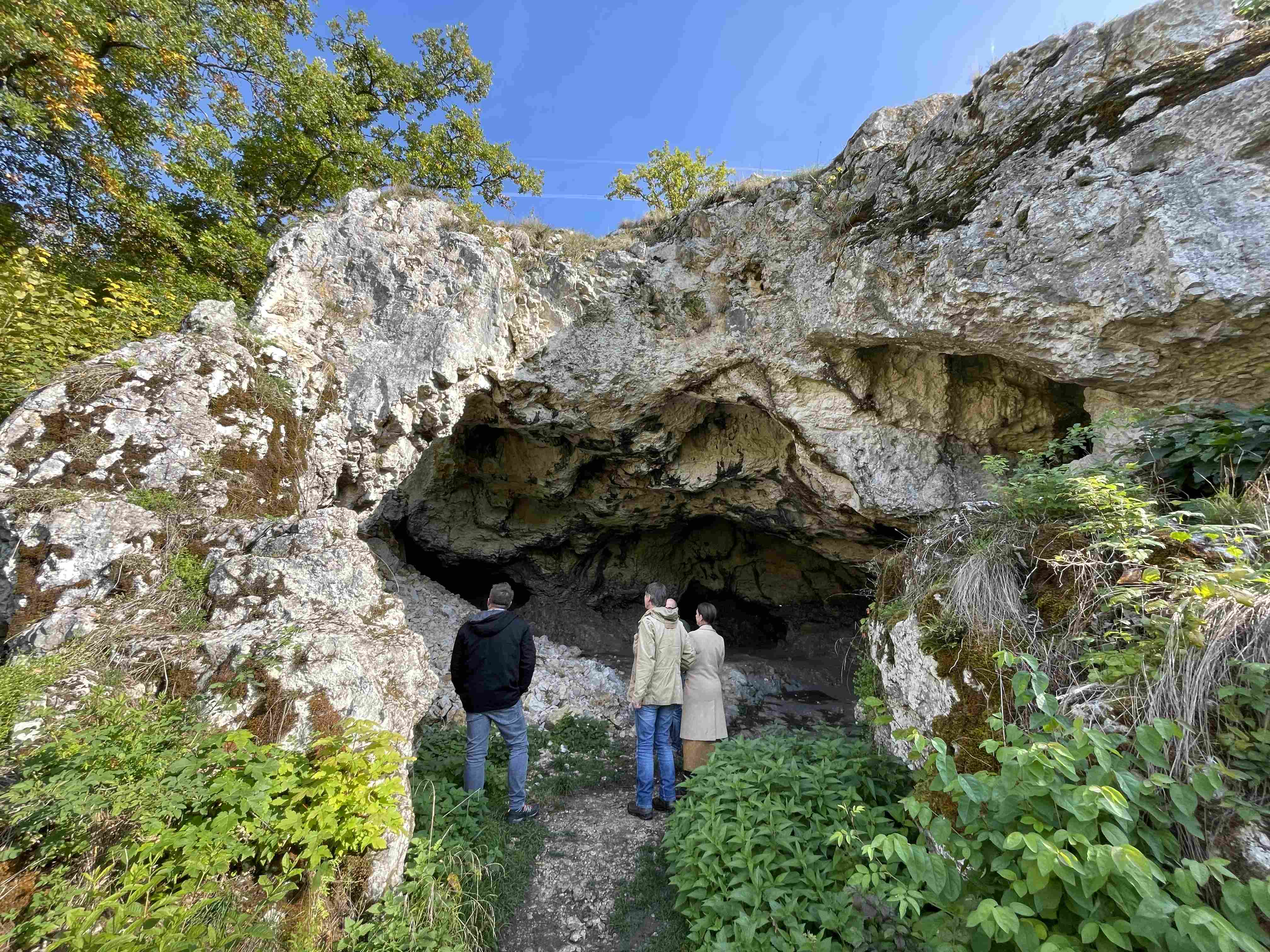- IHM - Serices and knowledge transfer in the field of clutural and natural heritage

Caves and Ice Age Art in the Swabian Alb
Project duration: 2022
Anatomically modern humans reached Central Europe over 40,000 years ago. The Swabian Alb is one of the most significant sites where some of the oldest evidence of the settlement of Europe by Homo sapiens has been discovered. Archaeological excavations and studies began as early as the 19th century, yielding numerous important finds. In 1931, small figurines from the Aurignacian period were discovered for the first time at Vogelherd Cave. The serial nomination includes parts of the Ach and Lone River valleys, where at least six sites contain layers dating from between 43,000 and 33,000 years ago. Among the most significant finds are carved figurines of animals, musical instruments, and jewellery. Particularly noteworthy are therianthropic representations and the oldest known female figurine. The caves of Geißenklösterle, Hohle Fels, and Vogelherd also house the oldest musical instruments in the form of flutes made from bird bones. In 2017, the property was added to the UNESCO World Heritage List due to these unique finds, as they provide important insights into the origins of human art and culture.
IHM developed an attribute mapping and viewshed analysis for the World Heritage property, intended to assist the client in making decisions regarding new construction projects and wind energy installations.

